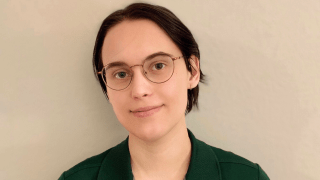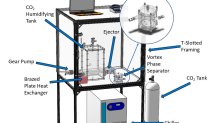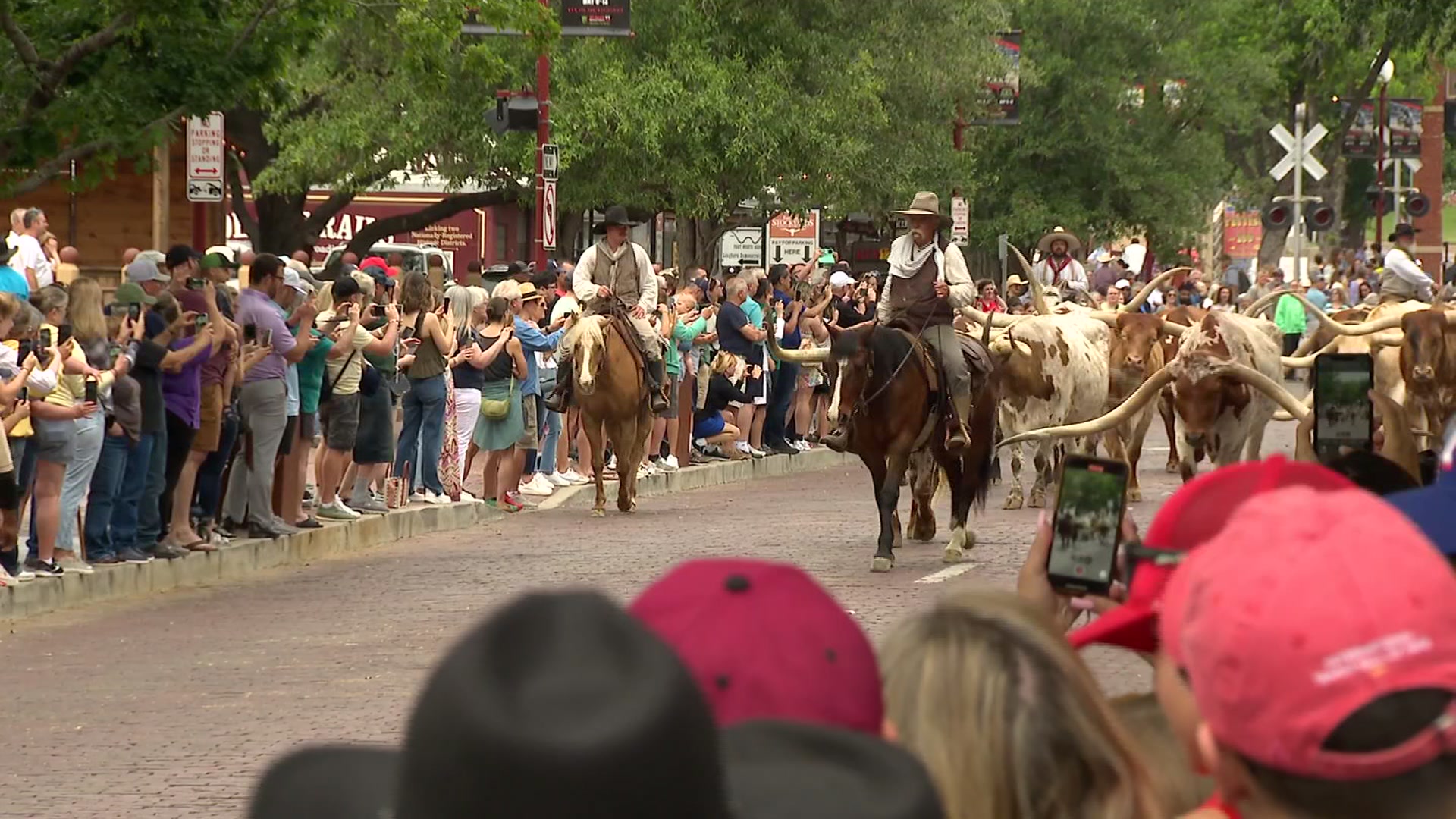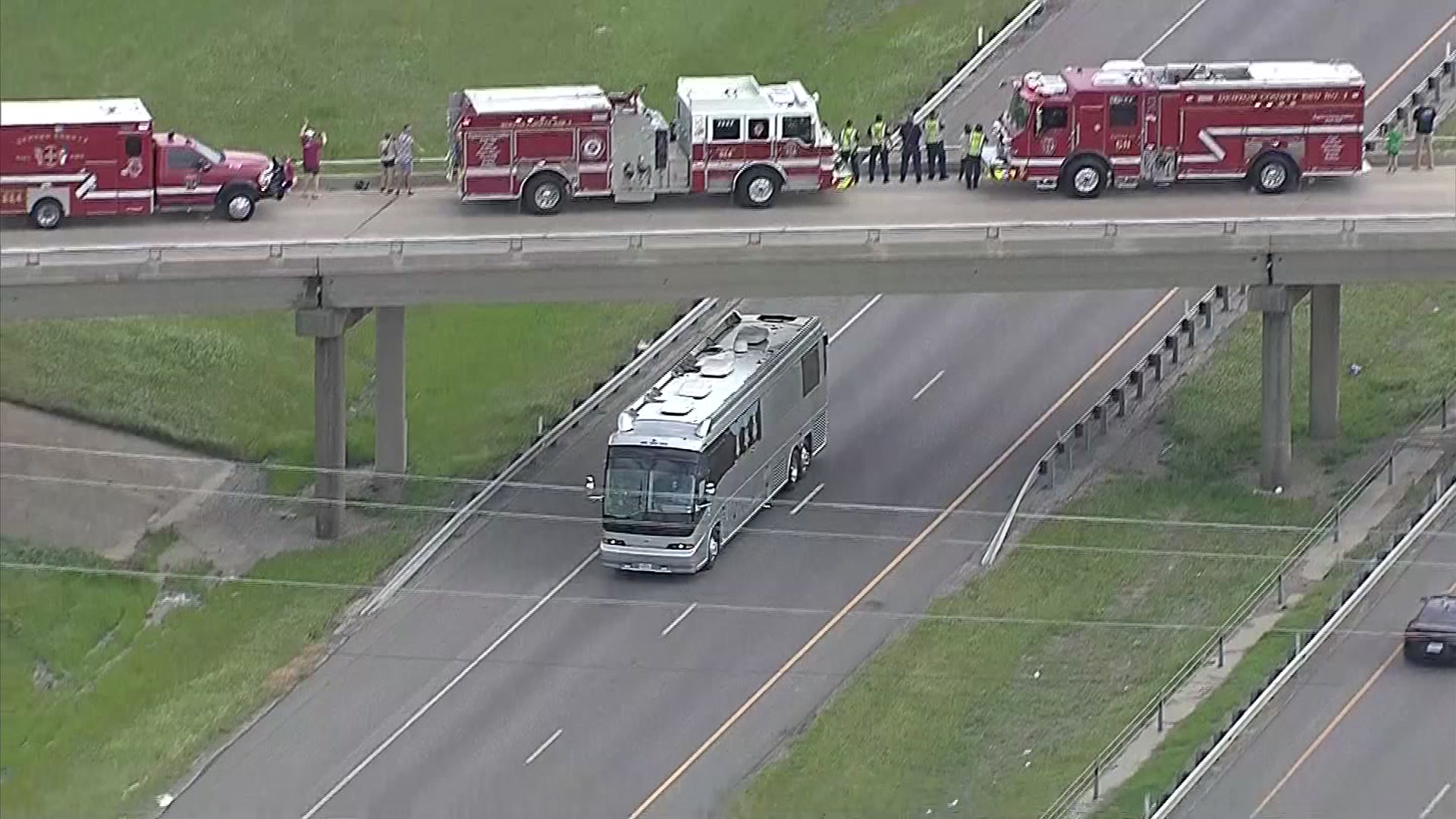
NASA believes that a recent graduate of the University of North Texas College of Engineering, Alyssa Sarvadi, has found a better way to clean the air aboard space ships.
Sarvadi and their mentor, associate professor of engineering technology Huseyin Bostanci, are part of a NASA program that sponsors graduate students and their professors who show potential to contribute to the space agency's goal of creating innovative new space technologies.
"NASA has road maps that researchers can use to see where the agency is headed in the next five to 10 years and what sort of technology they will need," Sarvadi said via a UNT press release. "It turns out that my research into air revitalization in microgravity environments is one of the many technologies in which NASA is interested."
While in the program, Sarvadi and Bostanci will be conducting research being funded up to $80,000 a year for two years through the NASA Space Technology Graduate Research Opportunities grant. As part of the grant, Sarvadi will begin graduate studies and continue researching at UNT in the fall. They will be able to work at NASA facilities for the next two summers. The funding includes tuition, travel expenses and a living stipend. They will also be collaborating with Cable Kurwitz, an associate research engineer at Texas A&M University.

The goal of Sarvadi's invention is to quickly remove the carbon dioxide that could build up in a small space.
“Our vortex phase separator could be described as a type of CO2 scrubber,” Sarvadi said. “For astronauts in an enclosed area like a spacecraft or station, the carbon dioxide they exhale will quickly build up unless removed.”
Local
The latest news from around North Texas.
While Sarvadi is excited to work with NASA as a student, they have their sights set on a larger goal.
"The thought of building something that might actually be used in space is very exciting," Sarvadi said. "But, the big dream is to actually work at NASA."



